
Invazija na klasična djela likovne umjetnosti.
Brisanje povijesti povećava njezinu upotrebnu vrijednost.
www.thomas-r.com/
"The battle royale between the modern and the classical is by far my favourite mêlée"

Unexploded Jeff Koons In A Bucolic Landscape.
An Accomplished Miss.
Abraded Pastels.
Fluid Pigments Red.
Mr John Steed In Parkland.
Low rRes series.
Reading Pictures.

Bisley.

Geometric Correspondence.

Padua.

At Prayer.

Art Fix.

Armour Yellow.

Punta della Dogana.

Georgian Antecedents.

Pulp Fictions.

A Family Sitting.

Half Moon Street.

Pulp Fictions, An English Gentleman.

Rural Rides.

The National Trust.

Commencing With White Grounds.

English Vices.

Guido Fawkes, The Pyrotechnic.

Fluid Pigments White Grounds.

Portobello.

Livery.

Reading Pictures.

Tuscan Ventures.

Court Sketches Pastel Series.

Analogue.

Chalks & White Grounds..
Thomas Robson’s Defaced Hybrid Paintings



Thomas Robson defaces paintings. The elements he introduces into these paintings deeply contrast with the aesthetic of the initial compositions. Robson uses bright colors and stark images to create new contexts. His work directly addresses ideas of appropriation, inspiration, and originality, as well as reflecting our current media saturated culture. These hybrid creations also resonate with remix culture while reflecting on how we think about media, design, and traditional forms.









Creative-Collision
cross-over art… collision-art and craft-art debates may
threaten the traditional definitions of fine art, but my interest in
these graphic art manipulations of thomas robson
is the changing ways in which we accept subverted visual material and
archetypical imagery’s modification in the quest for new visual
interest. the destruct or create antithesis becomes a synergy of
destructive creation that produce a whole new genre of collaged works.
while pushing the digital frontiers, the increased prevalence of these
are perhaps a precursor to the next level of a great art invasion. one
can hardly hold a puritanical view on these… but rather have to accept
that even though beauty is in the eye of the beholder, art is
everywhere.

When people buy fine art, they go to great lengths to preserve
it. No one is to touch the art, roughhouse near the art, or breathe too
closely to the art. However, in this new age of digital communication
and the democratization of sharing great works, graphic designer Thomas
Robson flips this notion of keeping art immaculate on its back by taking
portraits of fine artwork and digitally editing them.
From splashing digital paint on the faces of old relics to slicing photos and rearranging them as an old movie star’s face in a film still, Robson is the Photoshop bandit of the Internet art world. His contemporary art collages use appropriation art techniques to turn luxury magazine images into luxe art. They’re all compiled into a collection Robson calls “Narratives.”
His “Fluid Pigments” collection takes pieces of fine portraits from the annals of art history and distorts them to make them appear pixelated or active in some way. Then Robson splatters digital globs of brightly colored paint on the faces or bodies of the figures in the portraits. This is a process Robson calls “remixing” the portraits.
The novelty and value in Robson’s work is not only that he messes with pieces of fine art and luxury media — it is that these are images that we typically idolize as valuable relics. By morphing or altering them in some way, Robson’s collections act to make us question the fantastic spectacle we made out of them before. They’re just images, after all.
Robson has created an entirely new genre of contemporary art called “Collision Art.” It acts to re-appraise traditional imagery in a world saturated with visual stimulation. In addition to his Photoshop editing work, he also creates his own images, such as the “Skullduggery” and “Origins” pieces. Both series are a little darker and aim to confront the viewer with a more striking imagery — such as a womb replacing an 18th century aristocrat’s face, or a man with an elephant head riding a bicycle.
Robson’s “Collision Art” is both provocative and inquisitive — it is at the same time poking fun at fetishizing historical artworks and vintage imagery. Anyone interested in graphic design or the evolution of new genres of contemporary art in the digital age should check out ThomaRobson’s site. www.dailytargum.com/
From splashing digital paint on the faces of old relics to slicing photos and rearranging them as an old movie star’s face in a film still, Robson is the Photoshop bandit of the Internet art world. His contemporary art collages use appropriation art techniques to turn luxury magazine images into luxe art. They’re all compiled into a collection Robson calls “Narratives.”
His “Fluid Pigments” collection takes pieces of fine portraits from the annals of art history and distorts them to make them appear pixelated or active in some way. Then Robson splatters digital globs of brightly colored paint on the faces or bodies of the figures in the portraits. This is a process Robson calls “remixing” the portraits.
The novelty and value in Robson’s work is not only that he messes with pieces of fine art and luxury media — it is that these are images that we typically idolize as valuable relics. By morphing or altering them in some way, Robson’s collections act to make us question the fantastic spectacle we made out of them before. They’re just images, after all.
Robson has created an entirely new genre of contemporary art called “Collision Art.” It acts to re-appraise traditional imagery in a world saturated with visual stimulation. In addition to his Photoshop editing work, he also creates his own images, such as the “Skullduggery” and “Origins” pieces. Both series are a little darker and aim to confront the viewer with a more striking imagery — such as a womb replacing an 18th century aristocrat’s face, or a man with an elephant head riding a bicycle.
Robson’s “Collision Art” is both provocative and inquisitive — it is at the same time poking fun at fetishizing historical artworks and vintage imagery. Anyone interested in graphic design or the evolution of new genres of contemporary art in the digital age should check out ThomaRobson’s site. www.dailytargum.com/
/
Photographer: Thomas Robson
Posted by Harry Warwick





Defacement or enhancement? That is one the more obvious problems that Thomas Robson’s artwork poses. Do we see his modifications as a form of digital vandalism, an avant-garde aggressive on visual high culture, or as a radical but positive reconfiguration of fine art?
Robson’s offensive on traditional portraiture is original and striking, undeniably. While sometimes he imitates splashes of gaudy paint across the pictures, these modifications are clearly the product of computer generation, and herein exists the real anxiety. The images exhibit temporal duality. They share ground in tradition and undergo the groundbreaking shocks of the digital age. This complicates interpretation somewhat, and we revert to our earlier question, in an alternate form. Should we approach these works as defaced fine art or as depthless symbols of the postmodern?
Note as well the location of these pixelated interventions. Some cover the face; others arch around it. Passing into the domain of art, personal identity becomes ambivalent, itself double-faced. Robson thereby challenges the stability that portraiture was meant to confer on the sitter. The artistic methods likewise prove antithetical. The dextrous and deliberate work required to create accurate portraits seems at odds with the apparently random application of shapes and colours.
Rare is it that we find such conflict focused in one artwork. Often we search for unities amidst the disjuncture, harmony among discord, but through the sheer contradiction of these images, Robson sets out a genuine challenge to our interpretative skills.
The Remixed Collision Art of Thomas Robson
by on October 11, 2012
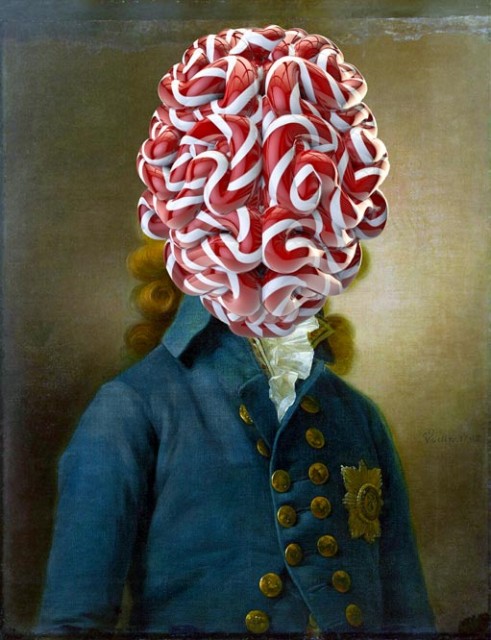
“Art Remixer” Thomas Robson says he “develops collision art to confront received aesthetics & critically re-appraise imagery in a visually saturated world.” Whatever he says, the stuff is freaking cool. He has worked in graphic design and in interactive design for the web & TV for the BBC. But it seems like he’s more interested now in coloring outside the lines:
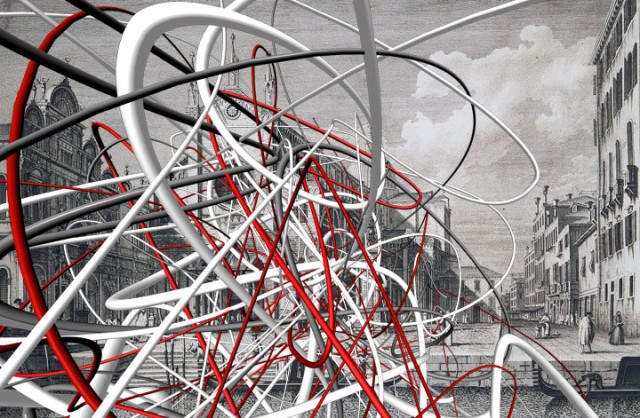
It is remarkable how diverse his work is in various series like Landscape with Data, Made in China and Luxe Art (below) with styles and materials including collage, photography, computer graphics and even ceramics.
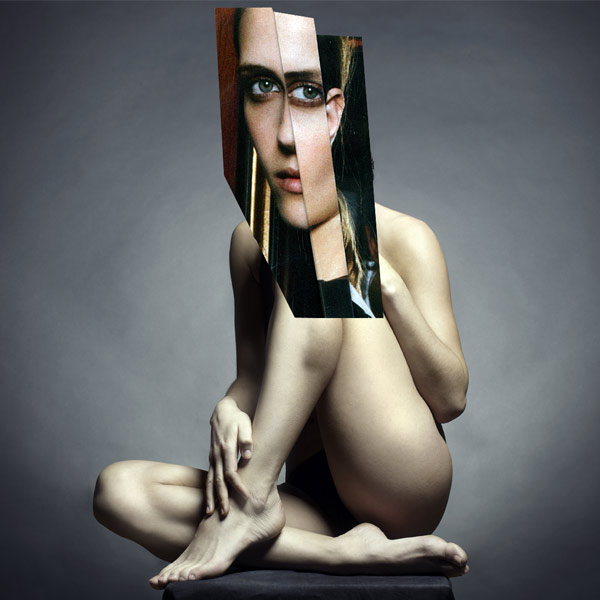
Exploring attacking the boundaries between graphic design & fine art by subverting and re-contextualising imagery with dramatic visual interventions.
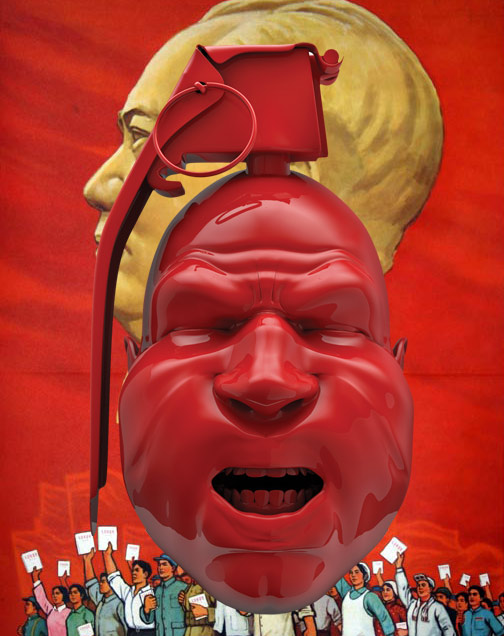
The Skullduggery series is all kinds of awesome.
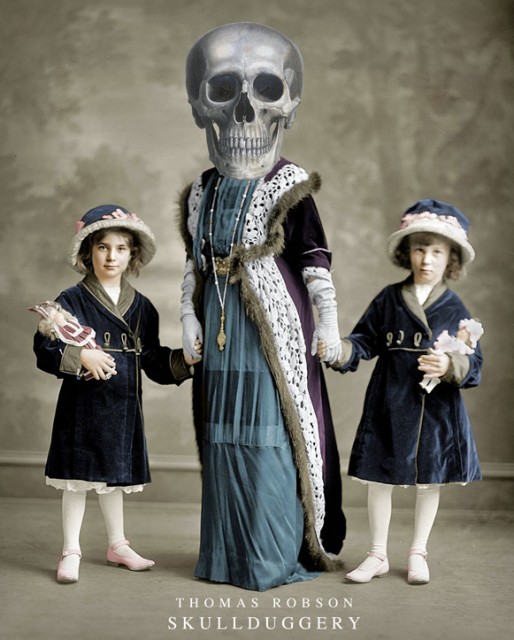
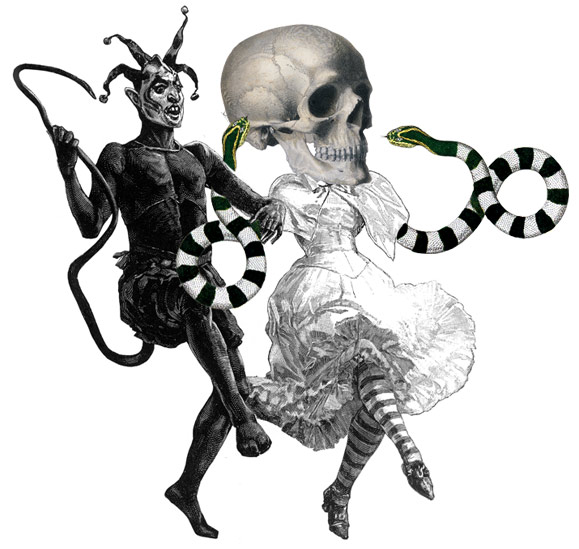
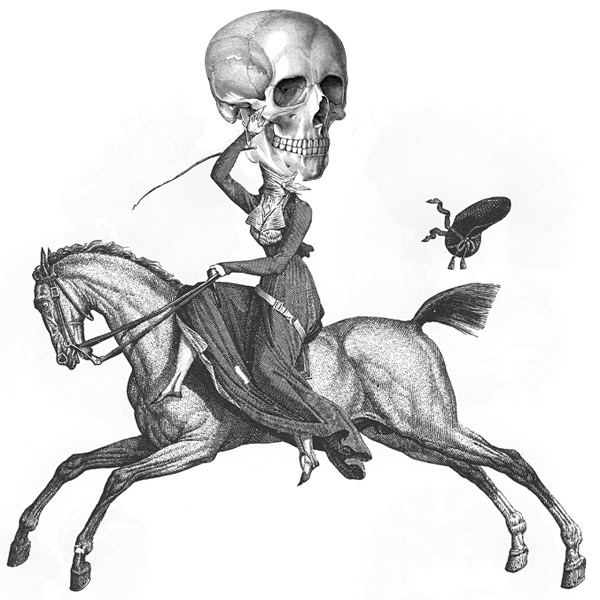
His other series include “Fine Art Remix With Chalk & Pastels“:

And the Origins series:
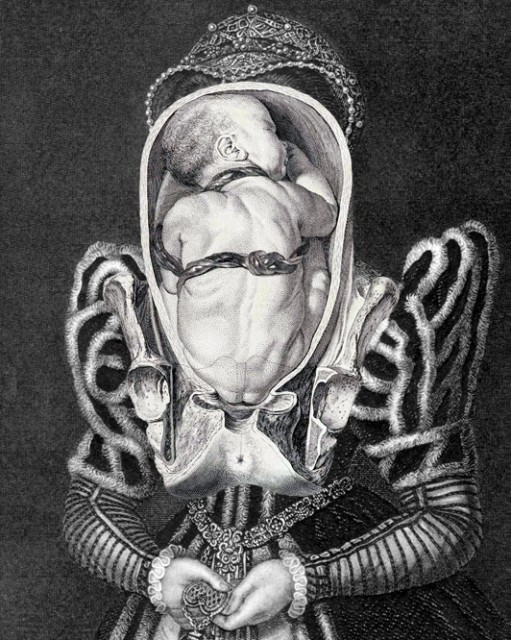
There’s lots more on his site, and in this feature on Robson’s work at Fussed Magazine.





















Nema komentara:
Objavi komentar